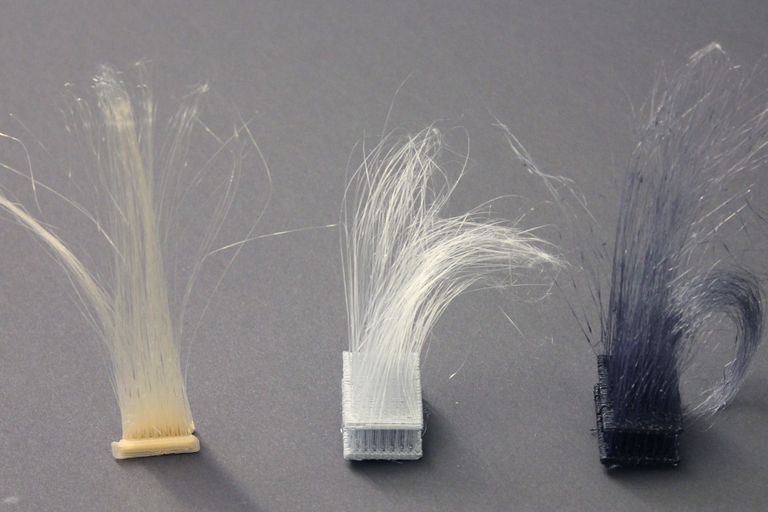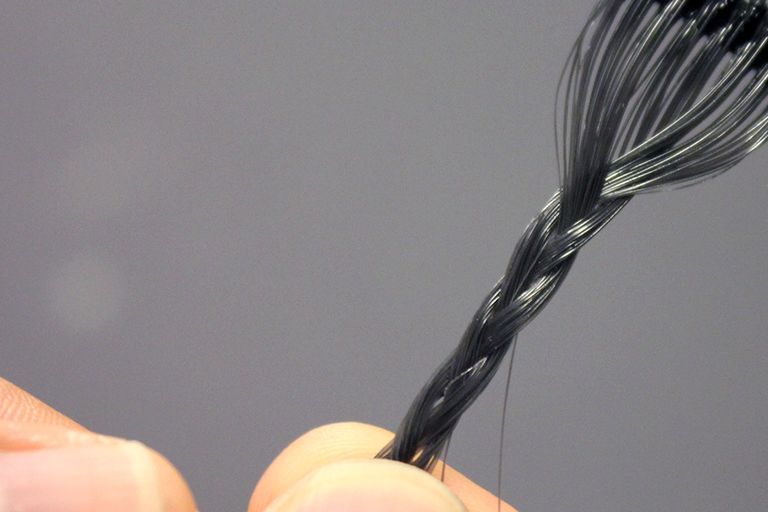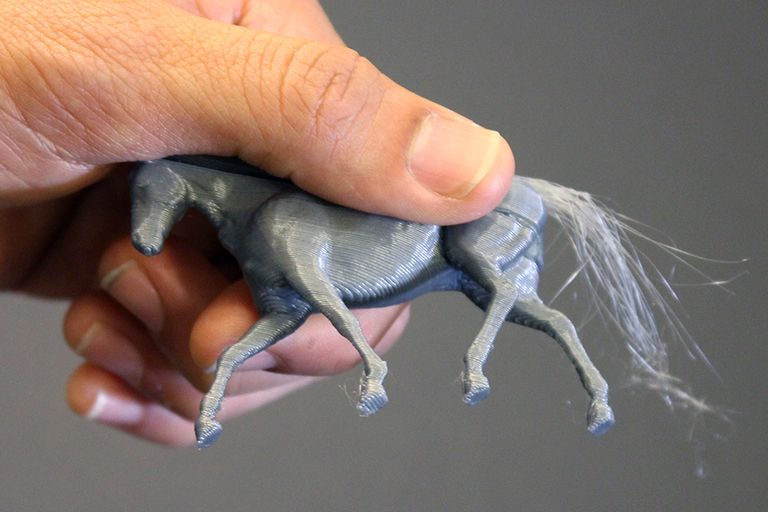3-D Printers Are Now Making Hair: Is This the Future of Extensions?
That would be convenient.

In the wake of Selena Gomez's confession that most of the hair on her head was not her own last month, I got to explore the ins and outs of hair extensions. Two of my biggest takeaways were that 1) Good quality is paramount and 2) They *will* cost you.

And while I'm still totally mystified by how 3D printers actually work, when I learned that they're now printing actual, totally real hair through a process called furbrication (Carnegie Mellon University researchers insist this is a real word), I didn't immediately question it.
In fact, I wondered could this be the future of hair extensions? And more importantly, did this technology have the power to make quality hair pieces more affordable?

Alas, it's not that simple. While you can produce hairs of different colors, thickness, and lengths that can be cut, braided, and styled like human hair, these strands are, in fact, plastic—requiring no more than a regular 3D printer and flexible plastic material to be made.

They may look the part for the tiny toy trolls and horses currently donning the sample strands, but what separates these fibers from the synthetic platinum blonde doll hairs on Barbie's head? I'm not exactly sure.
Follow Marie Claire on Instagram for the latest celeb news, pretty pics, funny stuff, and an insider POV.
Get exclusive access to fashion and beauty trends, hot-off-the-press celebrity news, and more.
Lauren Valenti is Vogue’s former senior beauty editor. Her work has also appeared on ELLE.com, MarieClaire.com, and in In Style. She graduated with a liberal arts degree from Eugene Lang College, The New School for Liberal Arts, with a concentration on Culture and Media Studies and a minor in Journalism.
